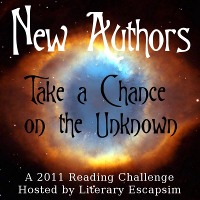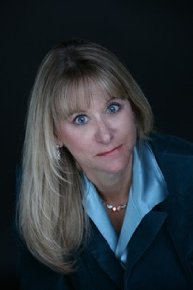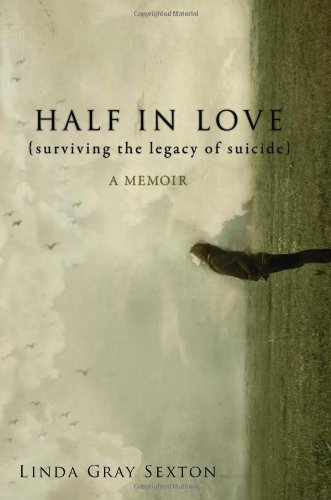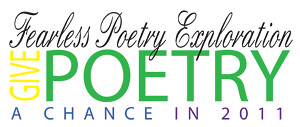
The publisher, Penguin, will be mailing the book to the lucky winner.
All you have to do is comment on this post about what you found fascinating about Laura Fitzgerald’s guest post.
If you tweet, Facebook, or otherwise spread the word about this giveaway and leave a comment with a link, you’ll get a second entry.
Deadline to enter is Jan. 29, 2011, at 11:59PM EST.






 nothing in front of me except for the mountains.
nothing in front of me except for the mountains. When I walk into my office, nowhere is there evidence of technology. (My laptop is either with me in my backpack or stored inside my desk.) It’s stunning to realize the difference that makes to me. I’m alone with only my thoughts; it’s my job to draw them out and make sense of them, and then put them together in a way that I alone can — all the while feeling like I’m getting away with something pretty grand.
When I walk into my office, nowhere is there evidence of technology. (My laptop is either with me in my backpack or stored inside my desk.) It’s stunning to realize the difference that makes to me. I’m alone with only my thoughts; it’s my job to draw them out and make sense of them, and then put them together in a way that I alone can — all the while feeling like I’m getting away with something pretty grand.

 Today, I’m honored to share with you an interview with author Linda Gray Sexton, whose latest memoir —
Today, I’m honored to share with you an interview with author Linda Gray Sexton, whose latest memoir — 













